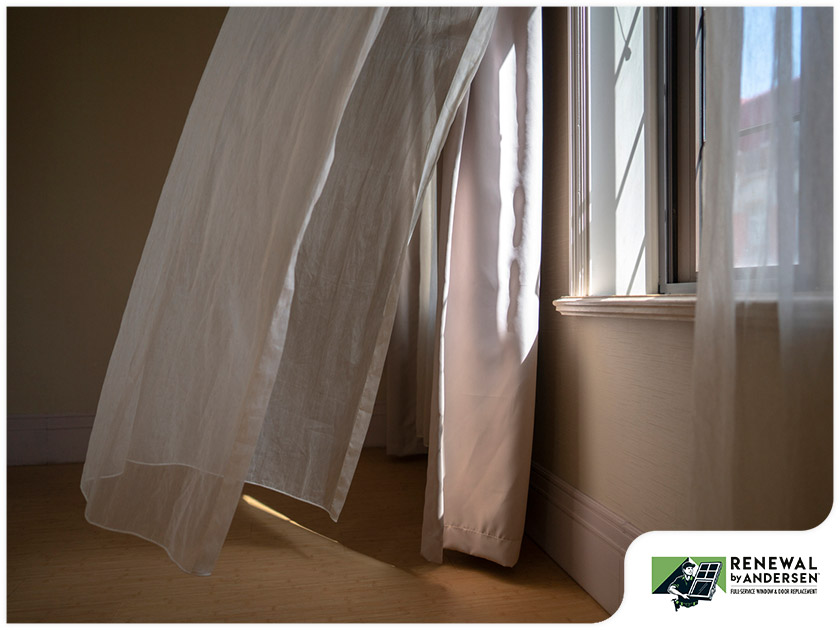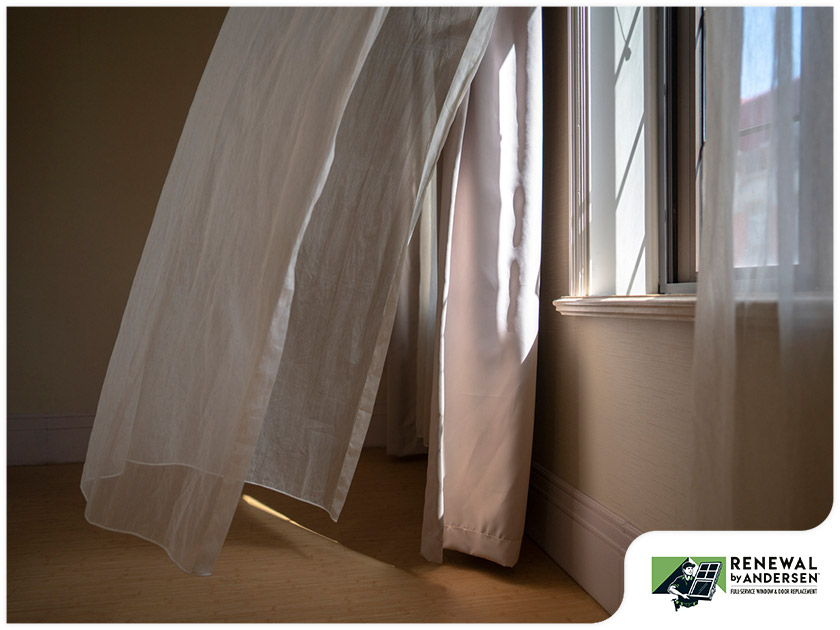MENU


Your windows do more than serve as architectural decorations. Good and efficient windows also provide gorgeous views of the outside world and facilitate the entry of sunlight into your home but without the harsh glare of the sun. More importantly, windows promote healthy ventilation throughout the living space, keeping day-to-day living comfortable and safe year-round. In this article, the leading casement windows provider in Ohio discusses how the right windows can improve your ventilation at home.

Good ventilation helps get rid of moisture, smoke, unpleasant odors and indoor pollutants. Without a ventilation system in place, you have no control over the healthy airflow in your living space. Here are some reasons your home needs good and sufficient ventilation are:
Passive ventilation is defined as the process of sending air to and pulling air from an indoor space without the assistance of mechanical devices, such as heat pumps and air conditioners. It utilizes building openings — including windows, doors and vents — to bring cool, fresh air into your home and let moist, stale air escape. The size and placement of the window installation are critical when it comes to guiding air through a home.
According to experts, passive ventilation performs at an optimal level when air has clear, unobstructed pathways through the indoor space. In order to maximize airflow, it is recommended to implement an open plan layout or position high vents or other openings between rooms. Make sure to install operable windows — units that can be closed and opened — and distribute them properly on each side of the house to take full advantage of microclimate breezes.
If your residential place is designed for passive ventilation, it is essential to open and close your windows, doors, or vents as required to significantly reduce the temperature indoors and improve the quality of air you are breathing every single day. When you need cooling, open your windows or other openings installed up high or on upper floors to allow warm air to escape. In the cold, freezing winter months, well-arranged passive ventilation can help revitalize the air indoors without accidentally creating drafts or letting out too much heated air in the process.
Since passive ventilation does not require the use of electricity, it saves energy and cuts down on harmful emissions. It is also quiet, inexpensive and low maintenance because it does not possess mechanical parts and has no operating costs. After the door and window installation, the only maintenance needed is usually the periodic cleaning of glass and sometimes reapplication of protective coating.
The appropriate passive ventilation techniques often depend on the climate and microclimate of the area where your home is located. Even the prevailing breezes affect how you should ventilate your home. As a general rule, the area of windows and doors that can be opened up toward the outdoors should be at least five percent of the total floor area for each room or living space — and more for zones that typically encounter higher levels of moisture and humidity, such as bathrooms, kitchens, bedrooms and even living rooms.
Here are other points to consider:
Breathe new life into your home with a high-quality exterior makeover. Renewal by Andersen® of Cincinnati is a premier source of beautiful and energy-efficient replacement windows and patio doors. We install casement, bay and bow, picture, double hung windows, specialty windows and more. Our top-rated professionals are committed to providing the comfort and efficiency every client needs through industry-leading products and services. Call us today at (866) 609-5033 or fill out our contact form to set up an appointment or request a free, no-obligation estimate. We work with homeowners in and around Cincinnati and Westchester, OH.